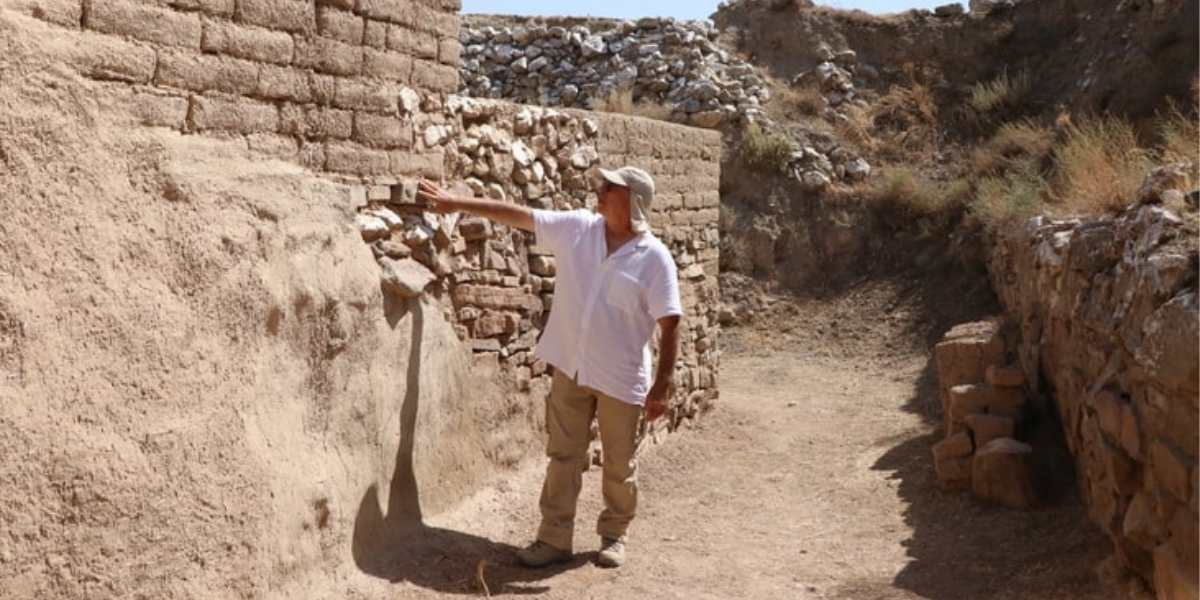
3500-year-old Hittite mudbrick structures at Porsuk-Zeyve Höyük emerged stronger from the fires
The Hittite mudbrick structures at Porsuk-Zeyve Höyük, which was an important settlement in the Bronze Age due to its location on the road connecting Central Anatolia to the Mediterranean, have survived to the present day, strengthened by fires thought to have started in the 15th and 16th centuries BC.
Porsuk-Zeyve Höyük is located near the village of Porsuk in the Ulukisla district of Niğde.
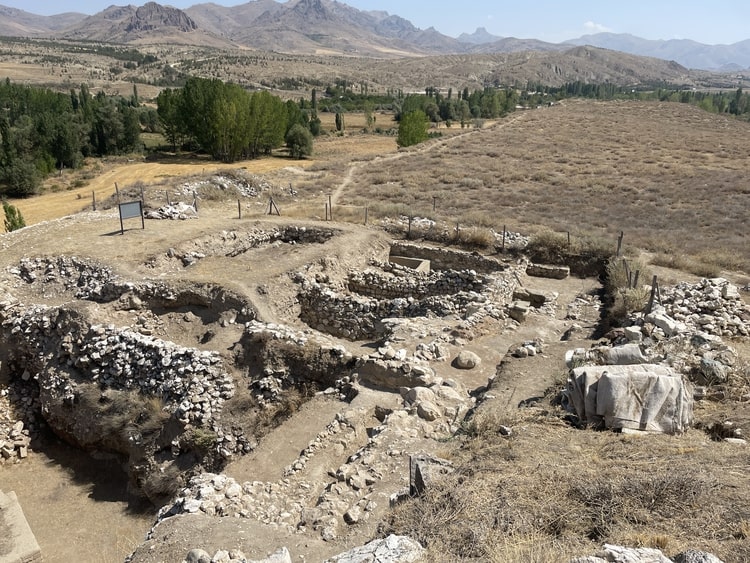
The first settlements in the Porsuk-Zeyve mound were established in the Hittite period in the 1600s BC.
There are traces of the Hittite, Iron Age, Hellenistic and Roman periods in the mound.
The 3500-year-old Hittite mudbrick structures at Porsuk-Zeyve Höyük have become like concrete thanks to fires.
Eric Jean, head of the excavation and a member of the Hitit University Faculty of Arts and Sciences, Department of Archaeology, said that excavations at Porsuk-Zeyve Höyük began in 1968 and that he was serving as the head of the excavation this year.
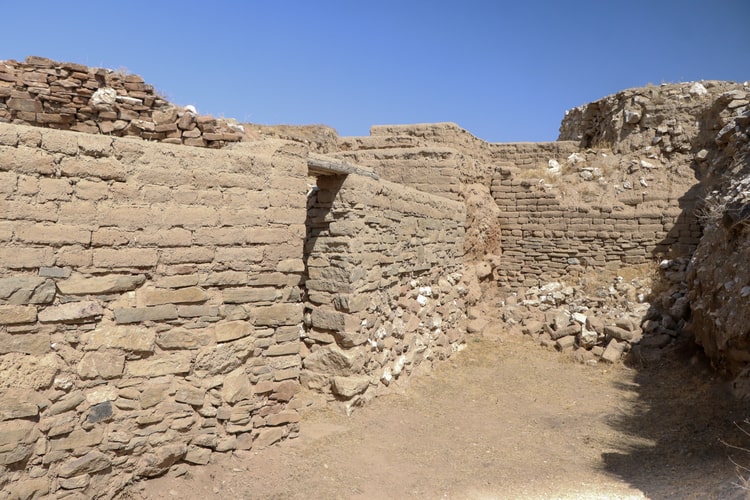
Eric Jean said, “When you look at all the city walls in Porsuk, there is a big difference, especially from the Bronze Age, that is, the Hittite and Middle Iron Age periods. The strongest and biggest walls belong to the Hittite period. As in the Hittite centers, there are stone foundations and mudbrick on the sub-bases and trees in between. Now, new mudbricks are being built in order to protect and take precautions.”
In Anatolia, both stone and adobe were used for house construction. Adobe house construction still continues today in the central parts of Anatolia.
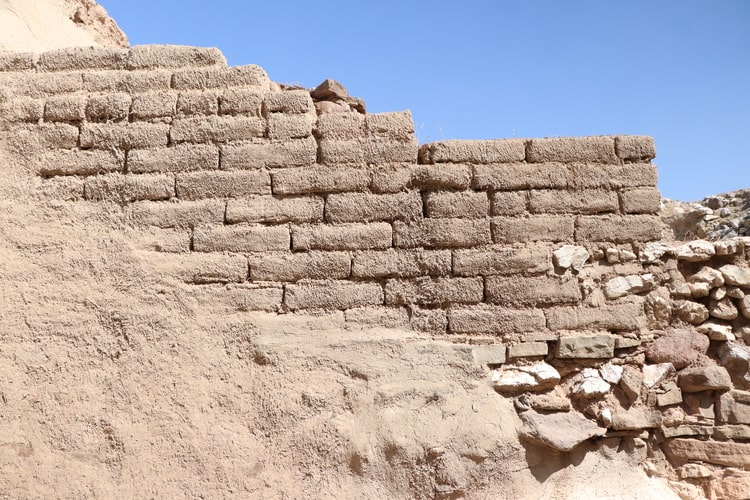
Emphasizing that the mudbrick made during the Hittite period was as strong as concrete due to the fires, Jean said:
“I think it would be very difficult to build high walls only from stone. Adobe is easier, practical, molded, faster. You can put it without carrying tons of load. Adobe is not only healthy but also very strong.”
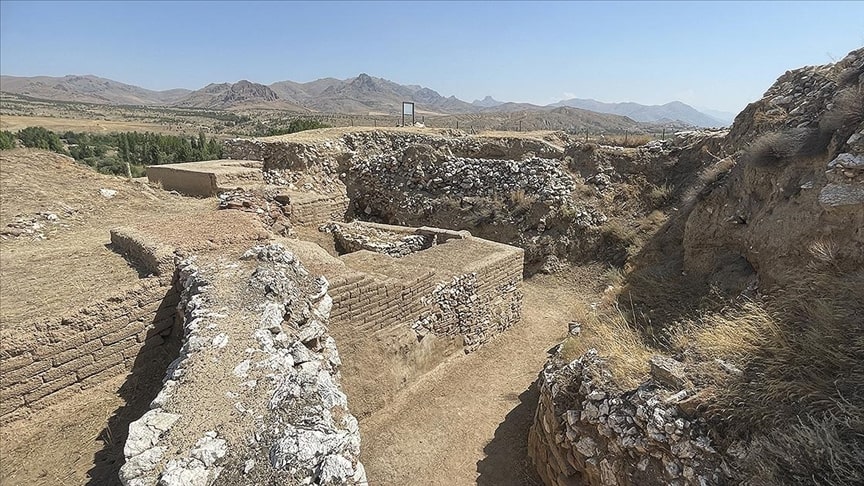
“The fact that it has been used for 1000 years shows that it is very strong. It is a very strong structure. At the same time, of course, it needs maintenance. Usually not only adobe is built, but plaster is applied to fix it. A mudbrick wall without maintenance collapses.”
“The mudbricks from the Hittite period are very strong. They have also seen fire. For archaeologists, a fire is a miracle because the mudbricks become like concrete. According to the latest dating, the first fire was in the first half of the 16th century BC. The second fire is a little difficult to say, but it is either in the late 15th century or in the 14th century.”
Cover photo: Dr. Eric Jean, Head of Porsu-Zeyve Höyük excavation, Department of Archaeology, Faculty of Arts and Sciences, Hitit University. Ahmet Demircan/AA
You may also like
- A 1700-year-old statue of Pan unearthed during the excavations at Polyeuktos in İstanbul
- The granary was found in the ancient city of Sebaste, founded by the first Roman emperor Augustus
- Donalar Kale Kapı Rock Tomb or Donalar Rock Tomb
- Theater emerges as works continue in ancient city of Perinthos
- Urartian King Argishti’s bronze shield revealed the name of an unknown country
- The religious center of Lycia, the ancient city of Letoon
- Who were the Luwians?
- A new study brings a fresh perspective on the Anatolian origin of the Indo-European languages
- Perhaps the oldest thermal treatment center in the world, which has been in continuous use for 2000 years -Basilica Therma Roman Bath or King’s Daughter-
- The largest synagogue of the ancient world, located in the ancient city of Sardis, is being restored











Leave a Reply